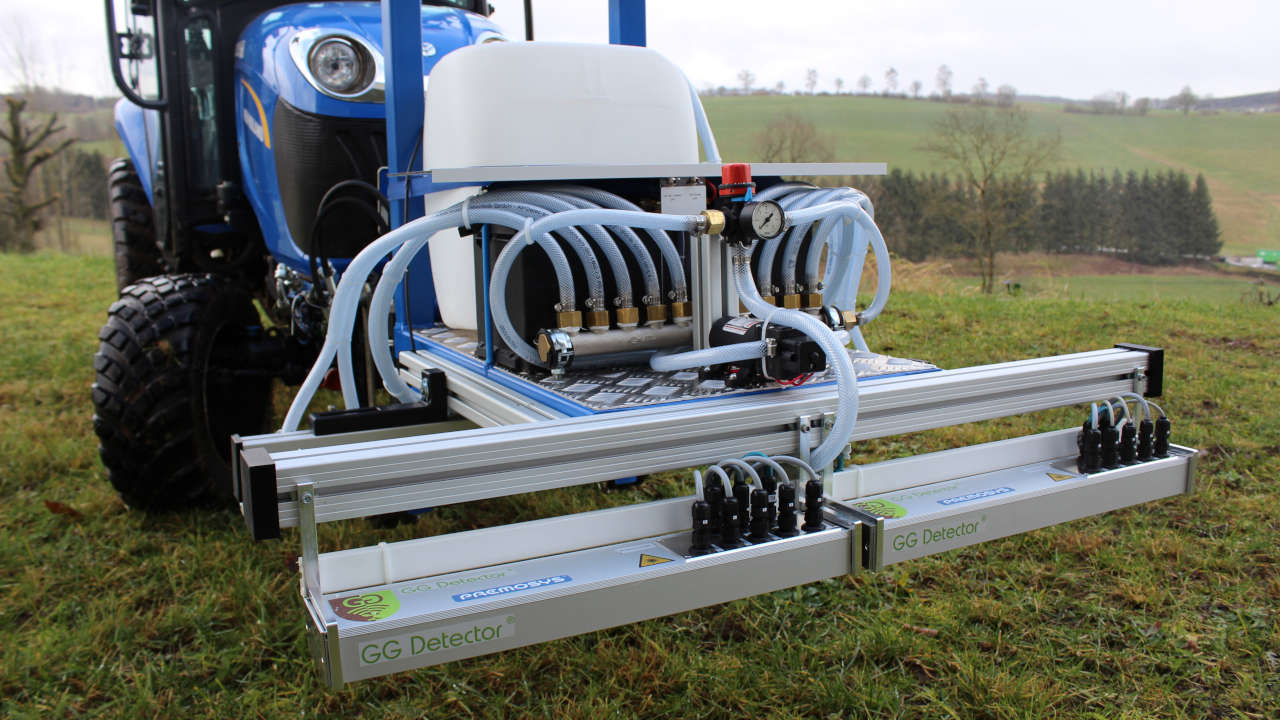More precise spraying thanks to sensor technology
A new method detects wild weeds, thereby reducing the need for herbicides in agriculture.

Eliminating competing wild plants while minimizing the impact on the ecosystem: that is the promise of a newly developed sensor for use in crop protection. Arable plants are always in competition with wild plants for sunlight, water and nutrients. To maximize yields, farmers therefore control wild plants, mostly with herbicides. But pesticides impair soil fertility, accumulate in bodies of water and contribute to species extinction.
Precisely determining plant species
To minimize negative side effects, Premosys, a company based in Kalenborn-Scheuern, Germany, has developed a sensor that can determine plant species very precisely on the basis of their color and reflective properties and thus distinguish crops from wild plants. "If you want to combat weeds in a targeted manner, you first have to detect them in the field," says project manager Matthias Kuhl, explaining the approach. Coupled with the field sprayer of a farm vehicle, herbicides can be selectively applied only where they are really needed.
Up to 90% herbicide savings
According to the manufacturer, this could save up to 90% of herbicide when controlling dock in sugar beet cultivation, for example. The sensor might also be used with automated mechanical systems for wild plant removal, avoiding herbicides altogether. However, precise spraying by means of a sensor is currently the most economical, the manufacturer advertises: "Other methods of weed destruction have so far been too inaccurate or too expensive," says Kuhl.
Further applications possible
Premosys developed the sensor with the technical and financial support of the Deutsche Bundesstiftung Umwelt, which invested around 400,000 euros in the project. Besides application on arable land, the method is also suitable for fallow land, harvested or paved areas, along railroad embankments as well as for cereal areas, grassland or undersown crops in organic farming, in order to apply sprays specifically against certain plant species only.
bl


